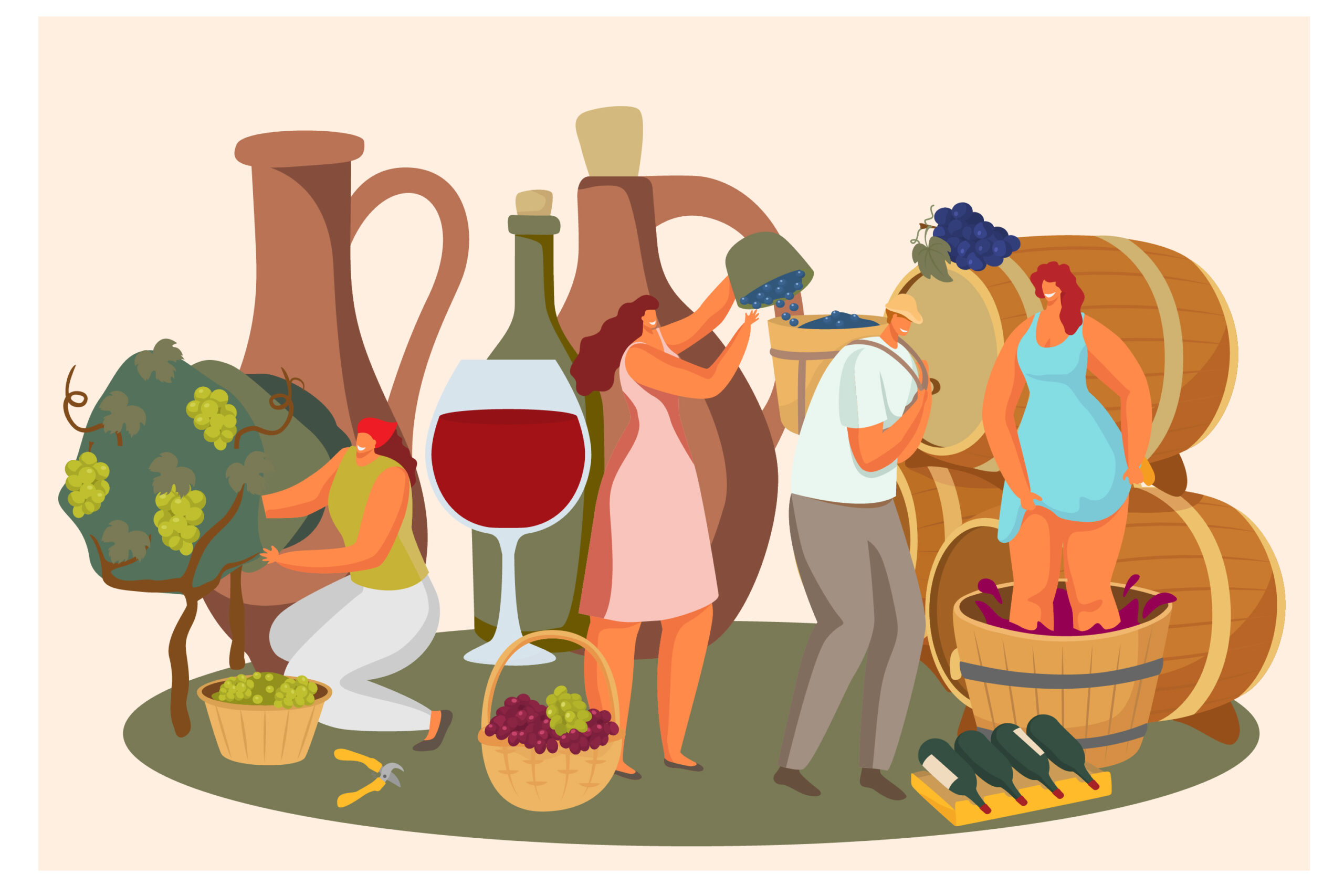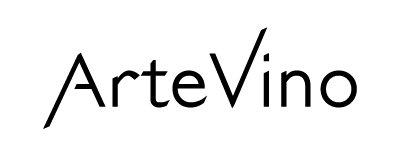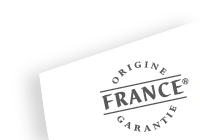Understand winemaking in 7 steps
Wine-making is an art that dates back thousands of years. While winemakers use various techniques to ensure their wine is unique, some essential steps are common to all of them. What are they?

1. Harvesting the grapes
It all starts in the vineyard. There are thousands of different grape varieties around the world. Each one has its own characteristics and grows in a very specific climate. Growers can use one or several varieties to make their wine. Most of the aromas in a wine come from these grape varieties (aroma, flavour, taste, texture, etc.).
Grapes are picked during the harvest, which usually happens in late summer or early autumn. Once the grapes have been harvested – by hand or using special machines – the winemaker begins a process that turns the grapes into wine: and that is winemaking.
2. Pressing, to obtain the grape juice
Once the grapes have been transported to the cellar, they are sorted. Traditionally, the grapes were crushed using a technique known as foot treading, with people stamping down on them inside huge tanks. Gladly, modern practices are more hygienic. The grapes are pressed inside machines to extract the juice. When the pressing stage is over, the grape juice is left in contact with solid matter (skin, pips, etc.) and known as must.
3. Maceration, to develop tannins
Once the must has been obtained, the methods begin to differ. In white wine production, the winemaker immediately separates the grape juice from the solid residue. The idea is to limit the tannin content and prevent the wine from taking on colour. It is fermented straight away.
However, there is an intermediate stage for red, rosé and orange wines, and that is maceration. Here, the juice is left in contact with the solid matter (stalks, seeds, pulp, etc.) so that the colour, aromas and tannins can develop further. For reds, this step may range from a few days to a few weeks for fuller-bodied wines. For rosés, it usually lasts a few hours.
Did you know?
Juice for white wine can be macerated, but only for a brief time and at a low temperature. If it macerates long enough, white wine then becomes “orange” wine (also known as macerated white wine).
4. Alcoholic fermentation
To separate the solid residue from the juice, the winegrower begins a process known as settling.Once the juice has been clarified, the essential stage known as fermentation begins, which is when the sugar in the juice is transformed into alcohol. Alcoholic fermentation can occur in two ways:
- With wild (or indigenous) yeasts, which are microscopic fungi found naturally on the grapes.
- With yeasts added by the winemaker. These kill the wild yeasts (which can be unpredictable) but provide consistency and allow the winemaker to predict the result.
The fermentation process is complete when no more sugar is left to feed the yeasts. Depending on the wine, this operation can last several days to several weeks (usually two or three). Then comes racking: when the wine is transferred into a container and left to mature.
5. Maturing a wine to allow it to develop
Maturation involves leaving the wine alone so it can become even better. During this period, it will oxygenate slightly, which softens its tannins or develops new flavours (spicy, woody, fruity, etc.). This maturation stage is generally carried out in stainless steel tanks or oak barrels.
The wine is clarified during the maturation stage. The final residue (dead yeast cells, tannins, proteins) will be eliminated:
- Through natural sedimentation, falling to the bottom of the container
- Through fining, which involves adding a substance to the wine to trap and eliminate particles in suspension.
6. Blending
The stages in the vinification process are carried out separately for each grape variety. However, some wines are blends of several grape varieties, to compensate for insufficient ripeness or to gain in complexity. Before the wine bottling process begins, wine made with different grape varieties is blended together.
7. Bottling
Once the wine has been clarified and/or blended, the winemaker can decide to age it further in their own cellars, or to release it for sale. In that case, it is then bottled and closed with a cork stopper or capsule.


